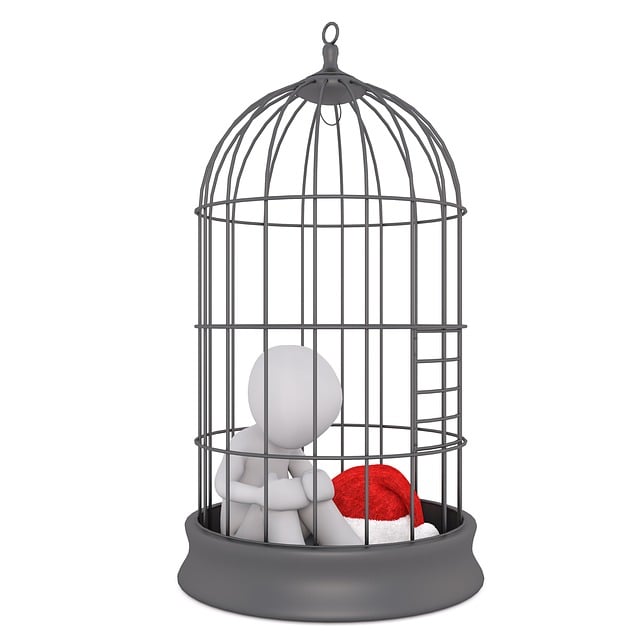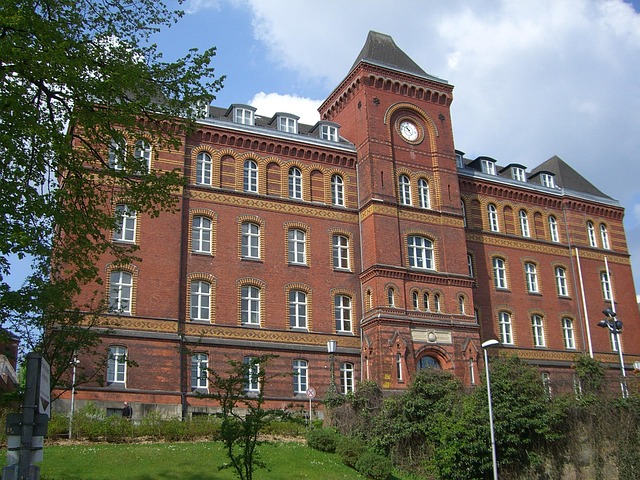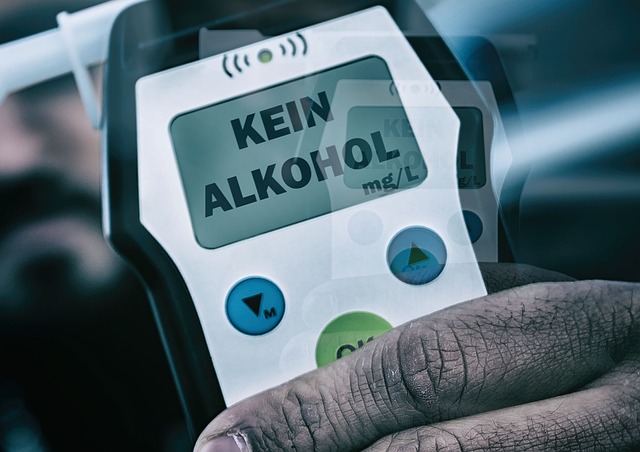Supportive communities and support groups play a pivotal role in recovery, offering voluntary gatherings where individuals with shared experiences find acceptance and encouragement. These environments foster mutual aid, camaraderie, and resilience, enhancing the recovery process through a crucial support system. Community service, often viewed as punishment, can be therapeutic for those in recovery, providing purpose, self-esteem boosts, and local environmental connections. Structured programs that integrate mentorship and regular reflection maximize these benefits, encouraging long-term engagement and supporting lasting recovery. Support groups like "Recovery Together" create safe spaces free from judgment, fostering belonging and understanding to break down stigma-created barriers around addiction and mental health, ultimately empowering individuals to prioritize their well-being.
In the journey towards recovery, finding and fostering community can be a powerful tool. Support groups, centered around collective healing, offer an environment where individuals can unlock the benefits of shared experiences. This article explores the transformative power of community in recovery, delving into how community service can serve as both punishment and therapy. We’ll uncover best practices for creating safe spaces, strategies to overcome stigma, and the ultimate goal: encouraging participation for lasting healing.
- The Power of Community in Recovery: Unlocking Support and Accountability
- Community Service as a Therapeutic Tool: Benefits and Best Practices
- Building a Supportive Environment: Creating Safe Spaces for Sharing
- Overcoming Stigma: Encouraging Participation and Fostering Healing
The Power of Community in Recovery: Unlocking Support and Accountability

In the journey towards recovery, finding a supportive community can be a game-changer. Support groups offer an environment where individuals with shared experiences can connect, understand, and uplift each other. This sense of belonging is powerful; it’s not just about sharing stories but also receiving non-judgmental acceptance and encouragement. Members inspire one another to stay committed to their recovery goals, providing accountability that often extends beyond the group setting.
Unlike Community Service as Punishment, where individuals are forced into community work, these support groups are voluntary gatherings of people who genuinely want to help and be helped. The power lies in mutual aid, fostering a sense of camaraderie and resilience. Members learn from one another’s triumphs and setbacks, creating a supportive network that enhances the recovery process. This community-driven approach ensures individuals don’t feel isolated in their struggles, providing a crucial support system for long-term success.
Community Service as a Therapeutic Tool: Benefits and Best Practices

Community service, often seen as a form of punishment, holds immense therapeutic potential for individuals in recovery. By engaging in meaningful community work, participants can experience a sense of purpose and contribution, fostering a positive self-image and a deeper connection to their surroundings. This activity provides an opportunity to learn new skills, build social connections, and develop a stronger support system—all vital elements in the recovery process.
When implemented as a structured program within a recovery framework, community service can offer tailored benefits. Best practices include pairing service hours with mentorship or peer support, ensuring activities align with personal goals and interests, and providing regular feedback and reflection sessions. Such an approach not only enhances the therapeutic effect but also encourages long-term participation, ultimately supporting individuals on their journey towards lasting recovery.
Building a Supportive Environment: Creating Safe Spaces for Sharing

In the context of recovery, building a supportive environment is paramount. Support groups like “Recovery Together” play a crucial role in creating safe spaces where individuals can openly share their experiences and struggles without fear of judgment. This fosters a sense of belonging and understanding, two essential elements for personal growth and healing.
By emphasizing community over punishment, these groups shift the focus from individual isolation to collective support. Members learn from one another, gaining valuable insights into coping mechanisms and strategies for staying sober. The supportive environment encourages participation, ensuring that everyone feels valued and heard, ultimately enhancing the effectiveness of the recovery process through community service as a means of healing rather than punishment.
Overcoming Stigma: Encouraging Participation and Fostering Healing

In many cases, individuals struggling with addiction or mental health issues may feel isolated and ashamed, often deterred from seeking help due to the fear of stigma. This is particularly true when community service is imposed as a punishment for such struggles. However, support groups like Recovery Together offer a safe and non-judgmental space where members can openly discuss their experiences, fostering a sense of belonging and understanding. By encouraging participation in these groups, we begin to break down the barriers created by stigma.
Through regular interactions with peers who have faced similar challenges, individuals can find comfort and healing. The shared journey towards recovery allows for empathy, compassion, and mutual support, which are crucial elements in overcoming addiction or managing mental health conditions. By normalizing conversations around addiction and mental health, these groups contribute to a more supportive society where people feel empowered to prioritize their well-being without the fear of ostracization.
Support groups and community-based initiatives play a pivotal role in substance abuse recovery, offering a powerful alternative to traditional Community Service as punishment. By fostering a sense of belonging and accountability, these groups create safe environments where individuals can share their experiences, build resilience, and encourage one another’s healing. Overcoming the stigma associated with seeking help is crucial, and active participation in such supportive networks can significantly enhance long-term recovery outcomes.






